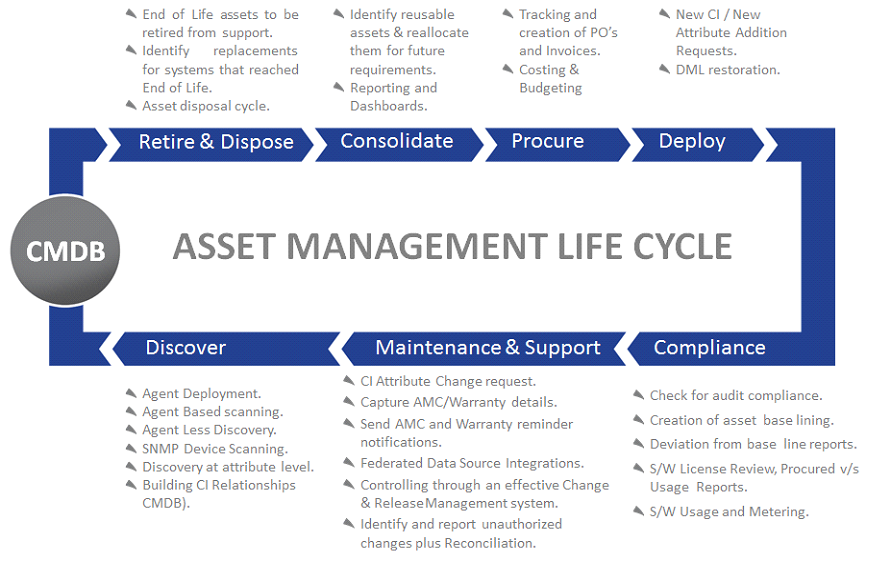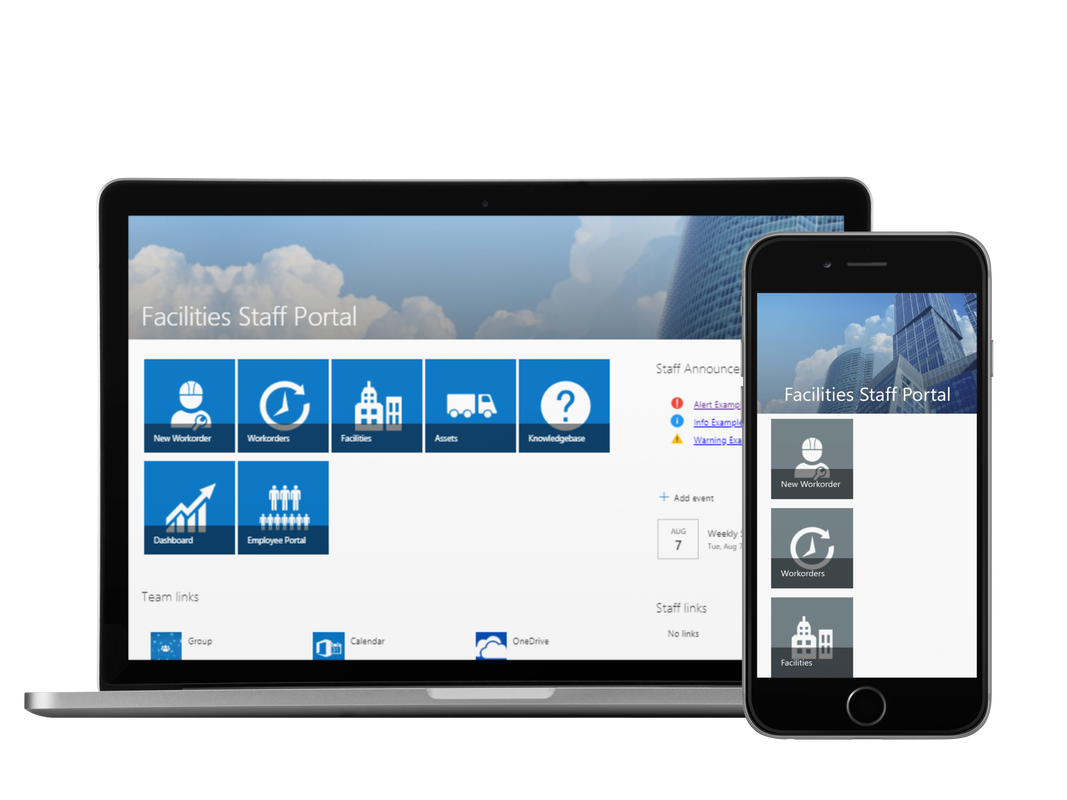


While there are obvious initial benefits to IAM, it may not feel necessary for every enterprise, even though it is. A modern IAM platform provides users with a single identity to remember and use, while giving IT admins the highest level of control and centralization. IAM drives that idea, because it’s all about individual, personal security.Ī holistic cloud IAM platform includes directory services and single sign-on capabilities that connect users to their IT resources through Zero Trust principles, while giving IT significant control over identities. Today, IT’s main job is determining how best to protect remote workers’ identities while helping them securely access the resources they need to work. Remote environments have forced companies’ overall IT strategy to move from network-based to people-based. With identity compromises as the number one cause of data breaches, IAM is also, perhaps, the number one security tool. Simply put, with hybrid workplaces and remote employees becoming the norm, not having an IAM strategy is no longer an option. IdPs streamline the IAM process by giving IT teams a one-stop shop for user and device management. Those resources also look to the core directory services database, called identity providers (IdPs), as the single source of truth for authenticating and authorizing user access. You achieve IAM using core directory services platforms, which store and federate user identities to a wide variety of IT resources. What is Identity and Access Management?Īccording to Gartner, “IAM is the security discipline that enables the right individuals to access the right resources at the right times and for the right reasons.” In other words, it’s a category of IT solutions that securely manages and connects users to IT resources like devices, applications, files, networks, and more using unique user profiles, called identities.Īn identity can be configured for each unique user, giving them controlled access to things like WiFi and company servers, while restricting access for digital assets they don’t need to do their job.
#ACCESS MANGEMENT SOLUTIONS HOW TO#
Read on to learn everything you need to know about what IAM is, and how to architect an IAM system. In an increasingly hybrid workplace, getting identity and access management right is more important to IT departments than ever before. Done poorly, it can be catastrophic for a company, depending on what kind of access that identity was given. It’s how you ensure people have access to the resources they need to get their jobs done, while also keeping those same people (and the corporate digital assets they access) secure.ĭone well, IAM means the mailroom clerk doesn’t have access to the company’s financial records, but your CFO does. Identity and access management (IAM) may be the most important function IT performs.


 0 kommentar(er)
0 kommentar(er)
